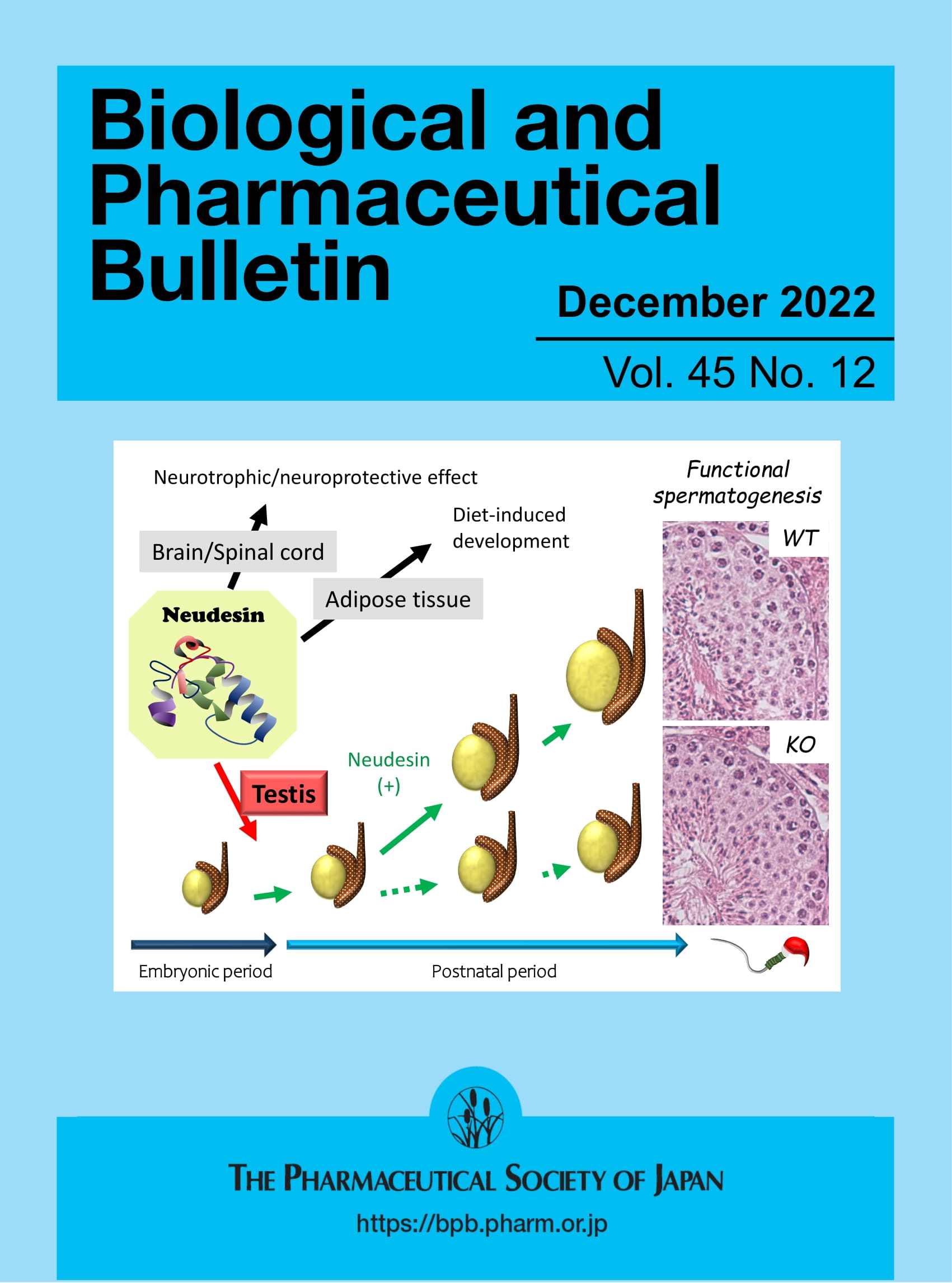Experimental assessment of elemental analyzer isotope ratio mass spectrometry normalization methodologies for environmental stable isotopes
Abstract
Rationale
In stable isotope mass spectrometry, isotope delta values are normalized to internationally recognized reference scales using a combination of certified and in-house isotope reference materials. Numerous techniques exist for performing this normalization, but these methodologies need to be experimentally assessed to compare their effect on reproducibility of isotope results.
Methods
We tested normalization methods by the number of reference materials used, their matrix, their isotope range, and whether normalization required extrapolating beyond the isotope range. We analyzed eight commercially available isotope reference materials on a ThermoFinnigan Delta-V isotope ratio mass spectrometer (IRMS) and an Elementar VisION IRMS for nitrogen and carbon isotope composition via solid combustion with an elemental analyzer and computed every possible isotope normalization (n = 612). Additionally, we assessed how sample matrix affected linearity effects on both instruments using five in-house reference materials.
Results
Normalizations exhibited the best performance when the reference materials spanning an isotope range of at least 20‰ were matrix matched with the samples and did not require extrapolation beyond the calibration curve. When these conditions were not met, the number of reference materials used had a significant effect on accuracy, with normalizations composed of two reference materials exhibiting particularly inconsistent performance at isotope ranges below 20‰. Linearity effects were found to exceed instrument precision by two orders of magnitude irrespective of matrix type and were not predicted by working gas diagnostics.
Conclusions
Interlaboratory comparability of isotope results is improved when operators of elemental analyzer isotope ratio mass spectrometry (EAIRMS) systems select reference materials spanning an isotope range of at least 20‰. Additionally, using three or more isotopic reference materials, avoiding extrapolation beyond the range of the normalization curve, and matching the matrix of the reference materials to the samples improve normalizations.

 求助内容:
求助内容: 应助结果提醒方式:
应助结果提醒方式:


